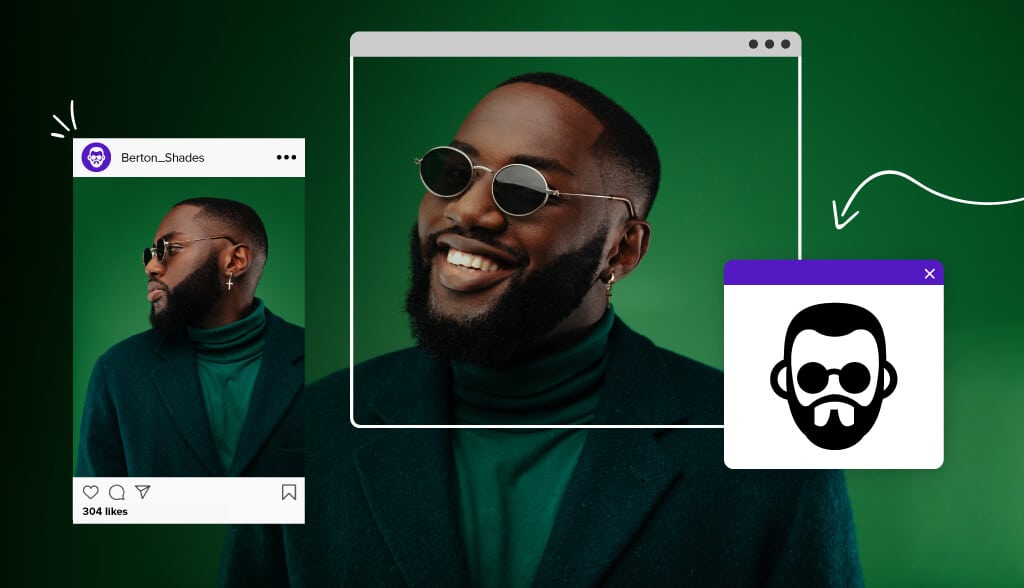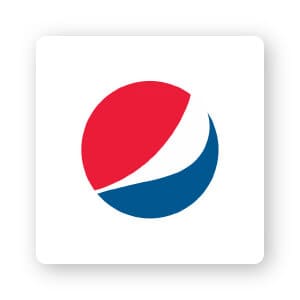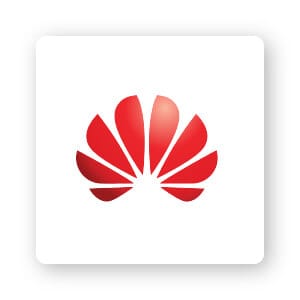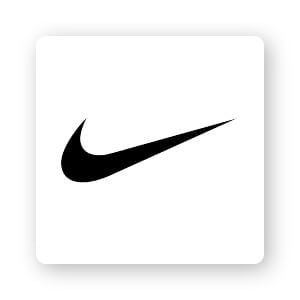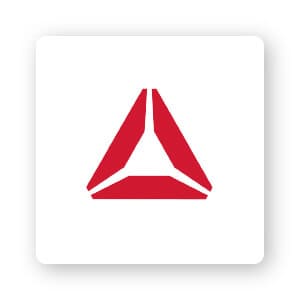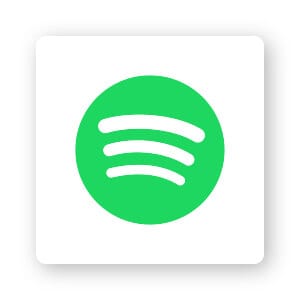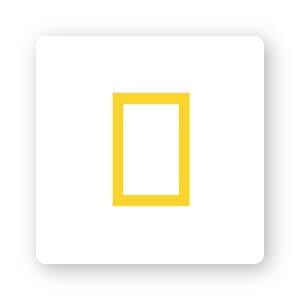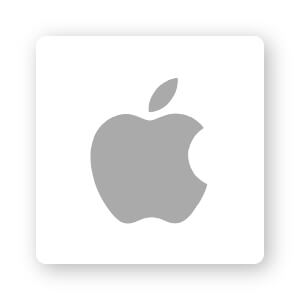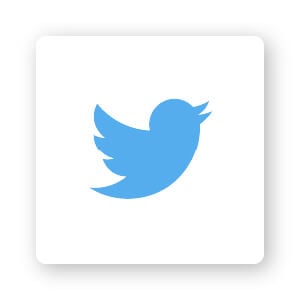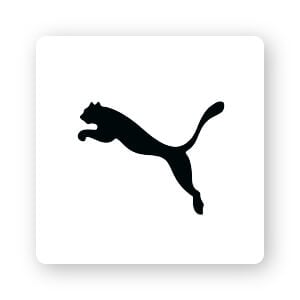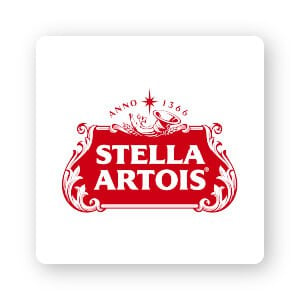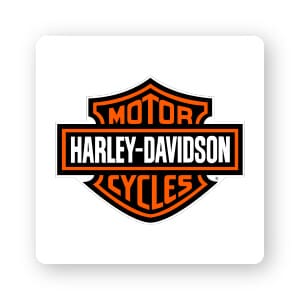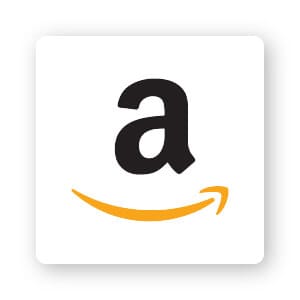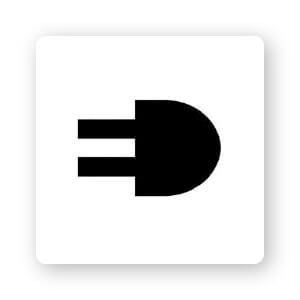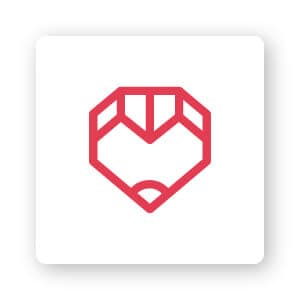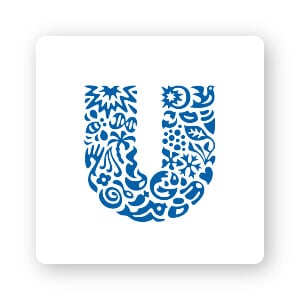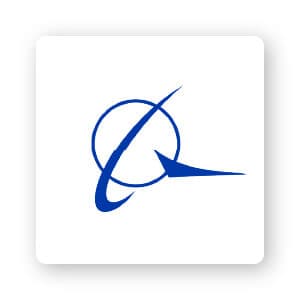Now it’s time for you to choose your very own logo icon. Here are a few steps to make sure you pick the right icon for you.
Determine your brand’s core message
Your icon is going to function as the main visual focus of your brand. Regardless of what your audience knows beforehand, they’re going to instantly make judgments about your business within seconds of seeing your logo.
So, it’s important to think about which traits you want to get across. Is your brand professional, trustworthy, traditional, playful? Decide what the core message of your brand is, and only then start to search for icons that can convey that message.
Stick with simplicity
If your icon design is too complicated, or it’s hard to tell what it is (is it a bird, is it a plane?), it’s going to lose your audience. They’ll have a tough time understanding what your brand is about and they’ll move on as a result.
Plus, simple designs are easier to scale up and down to use across all of your marketing mediums, both online and offline.
Keep it relevant to your industry or company name
Apple’s famous icon works because it’s a literal representation of the company name. By itself, an apple doesn’t have much to do with computers. That brand association only happened after Apple established itself as a leader within the computer and technology industry.
If your brand is still unknown, you can reinforce your brand’s niche by using an everyday item in your industry, or what you think your best-selling product will be. If you are, let’s say, a sporting goods store that’s best known for its high-end rock-climbing gear, you might consider a harness icon.
Don’t be afraid to ask for feedback
It may seem tempting to take on the task of designing your logo by yourself.
But once you have some ideas, ask your friends and family for feedback before you commit. You may be surprised by some of their comments, and it’s important to get an objective opinion on how the icon will go over with your audience.
However, it’s important to keep this next tip in mind.
Remember who your target audience is
One of the most important questions all new business owners should remember is this: What does your icon logo mean to your target audience? Does your icon appeal to your target audience in a way that drives them to take action, visit your website or channel, and buy your product?
